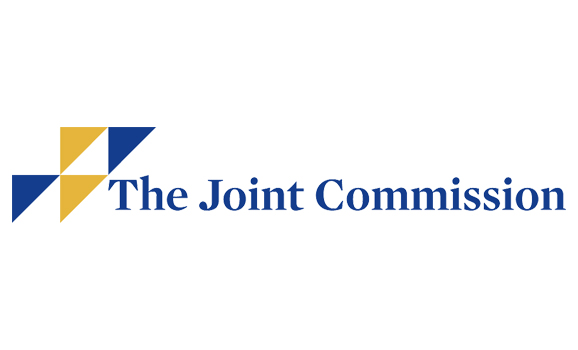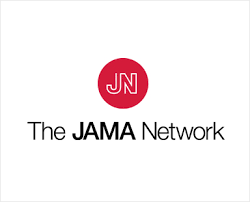Commentary: Overlooking, underfunding perioperative mental health threatens patients
Editor's Note Amid a lack of focus and lack of resources on perioperative mental health, alleviating patient anxiety and preventing poor surgical outcomes requires creative solutions. This is the central argument of a May 12 commentary in The Conversation by Renée El-Gabalawy, a clinical psychologist and associate professor at the…
Study: Fewer men undergo unnecessary prostate cancer surgery amid rise in active surveillance

Editor's Note Prostate cancer surgeries for low-risk patients have plummeted since 2010, signaling major progress in reducing overtreatment, according to an April 29 announcement from the University of Michigan. University researchers reportedly found that the proportion of men undergoing prostatectomy for Grade Group 1 prostate cancer—the lowest-risk category—dropped more than…
Healthgrades recognizes top 15% of hospitals for patient experience in 2025

Editor's Note Healthgrades has recognized 377 hospitals across 44 states with its 2025 Outstanding Patient Experience Award, as announced in a May 13 press release. These hospitals represent the top 15% nationwide for patient experience, demonstrating exceptional performance in delivering positive, patient-centered care. The award is based on an analysis…
Study: SGLT2 inhibitors raise postop euglycemic ketoacidosis risk but lower mortality

Editor's Note Patients taking SGLT2 inhibitors face a higher risk of postoperative euglycemic ketoacidosis (eKA) but experience fewer acute kidney injuries and deaths after surgery, according to an April 30 article in Medical Xpress. The article focuses on new research published in JAMA Surgery. Led by researchers at the University…
FDA launches effort to identify, slash outdated healthcare regulations under 10-to-1 rule

Editor's Note The US Food and Drug Administration (FDA) and US Department of Health and Human Services (HHS) have launched a public Request for Information (RFI) to identify and eliminate outdated healthcare regulations, according to a May 13 press release from the FDA. The move supports a broader federal deregulatory…
The Joint Commission, NFQ announce 2024 Eisenberg Award recipients

Editor's Note The Joint Commission and National Quality Forum (NQF) on May 12 announced the recipients of the 2024 John M. Eisenberg Patient Safety and Quality Awards. The Awards recognize major achievements by individuals and organizations to improve patient safety and healthcare quality. This year’s recipients are: National Level Innovation…
Telesurgery possibilities becoming more than remote

Remote surgery has come a long way since the first-ever case in 2001, when a surgeon in New York City operated on a patient in Strasbourg, France. No longer a product of science fiction, telesurgery’s advance promises to change—and save—countless lives, from patients in remote areas to those in warzones…
Low-income patients billed despite hospital tax breaks
Editor's Note Nonprofit hospitals, which are legally required to provide free or discounted care to qualifying patients, attempt to collect hundreds of millions of dollars from low-income patients annually while receiving significant tax breaks meant to ensure affordable care, according to a May 12 article from CBS News. As…
Study: Machine learning quadruples delirium detection in hospitalized older adults

Editor's Note A machine learning (ML) model that integrates clinical data with natural language processing significantly improved detection and management of hospital delirium in older adults. Results were published May 7 in JAMA Network Open. Conducted at Mount Sinai Hospital, the quality improvement study evaluated the association of an ML-based…
Ice machines spread Legionella in hospital oncology unit, prompting testing overhaul

Editor's Note Legionalla contaminated a hospital ice machine and likely infected an oncology patient through aspirated ice chips, according to an April 30 report in Healio. Presented in a study at The Society for Healthcare Epidemiology of America (SHEA), the incident prompted immediate changes to water testing protocols at AdventHealth,…

 Free Daily News
Free Daily News